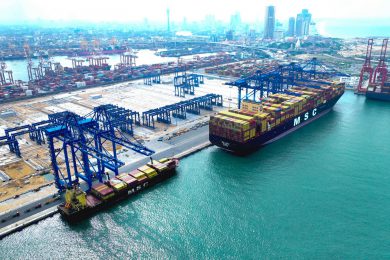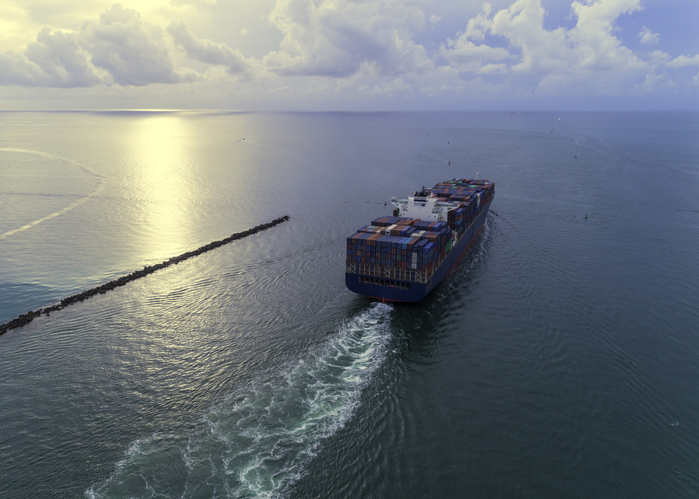Container shipping liner profits will surpass $100 billion in 2021 despite continued operational disruption to ports and the global supply chain, according to Drewry Shipping Consultants (Drewry).
In its latest Container Forecaster, Drewry predicted freight rates will increase by 50% on average “against a backdrop of huge operational disruptions to the port and ship systems”.
Carriers have consistently made substantial profits since the outbreak of the COVID-19 pandemic, driven by rising consumer demand, especially in North America, and freight rates.
Carriers posted a record earnings before interest and taxes (EBIT) result in 1Q21 of $27.1 billion, up from what now looks a miniscule $1.6 billion in same period one year ago. So impressive are the latest quarterly results, they even eclipsed the full-year 2020 EBIT of $25.4bn.
The earnings boom has been so great that carriers could make a decade’s worth of money from 2020 and 2022, according to Drewry.
However, there remains the danger of carriers being seen as “profiteering villains” that are unsympathetic to the needs of their customers, Drewry pointed out.
“We hope they will be good global citizens and do more to help improve the efficiency of the supply chain.”
This view is shared by some in the US, where port congestion has put immense pressure on the inland supply chain.
The actions of carriers are currently investigation by the Federal Maritime Commission (FMC) after allegations contracts with US exporters have been broken.
According to Drewry, the demand for containerised goods is increasing so fast it is unlikely carriers will be able to keep up.
“The containership fleet is not growing fast enough to meet insatiable demand right now,” Drewry said.
“A scarcity of open charter fixtures means that some lines are scouring the second-hand market for expensive new assets to add to the pile, but others can only supplement with newbuild deliveries, or are simply having to make do with what they have.”
The company said it does not believe a solution will be found to the problem of supply chain disruption and predicted the market will face under-supply in the extended medium-term.
The recent congestion at the Port of Yantian, China, following a COVID-19 outbreak among workers demonstrates how fragile the supply chain is and that port congestion is a permanent risk; this will inevitably lead to yet higher freight rates.
“Supply side disruption has become the key driver of freight rates and remains the top sensitivity to our forecasts,” Drewry said before forecasting the “lower port productivity” will continue into 2022.
Source: Port Technology























